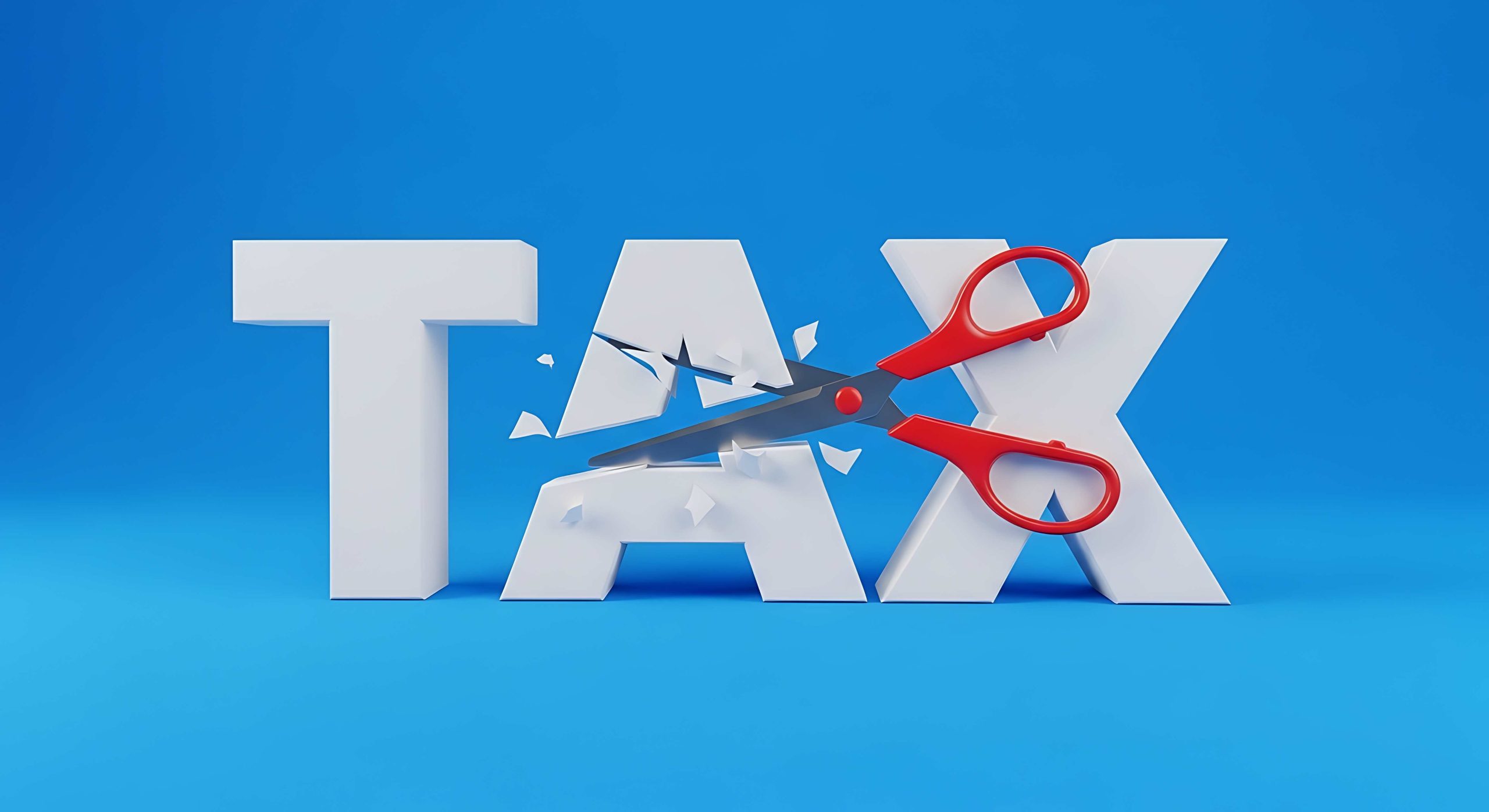So many Americans are still trying to figure out if the new tax law helped or hurt them. One’s instinct is to judge it based on whether you paid more taxes this year or last year. However, this may not be an accurate way to assess the result.
The Problem with the Withholding Tables
After any new tax law passes, the Treasury Department evaluates whether any changes need to be made to the withholding tables. In this case, the Treasury Department adjusted the tables so that too little tax was withheld for many taxpayers. At tax time, this lower amount of withholding resulted in a lower refund for many taxpayers, even if their total tax bill went down. We discussed this inaccuracy in our post on November 9, 2018 – The IRS Tax Withholding Tables may be Inaccurate. Here’s What You Need to Know. We also provided an update on January 18, 2019, regarding the IRS announcement that they would waive underpayment penalties.
News outlets have been covering this topic too, and initially, reports were that refunds were down from last year. Then, a few weeks later, reports such as this one by Nightly Business Report (a CNBC affiliate), said refunds were up.
The problem is that strictly comparing refunds or amounts owed in 2017 and 2018 is not an accurate way to assess whether you were helped or hurt by the new law. This is because your withholding or estimated payments might be different in each of those years. For example, someone whose tax was the same in both years but in 2017 had more withholding taken from their wages, would see their refund go down and think the new law hurt them, which would not be true.
How to Accurately Determine if the New Tax Law Helped You
The only way to accurately figure out if the new tax law worked in your favor or not is to recast your 2018 tax return using the 2017 tax law and rates. Then you can compare the tax calculated under the old law to the tax under the new law. It is important that you compare the tax calculated before applying any withholding, estimated tax payments, or refundable tax credits. This “apples to apples” comparison can show if the new tax law helped you.
Unfortunately, recasting your 2018 tax return using 2017 law is a difficult thing to do. There is an easier way to do it that can give most people a good indication as to how they were impacted.
An Easier Way to Determine if the New Tax Law Helped You
To get a general idea of whether you saved money, you need to calculate the percentage change in your total income from 2017 to 2018, using the numbers reflected on your tax returns. Next, calculate the percentage change in the tax from 2017 to 2018.
If Change in Total Income > Change in Tax Calculated, then you benefited from the new tax law.
If Change in Total Income < Change in Tax Calculated, then you were hurt by the new tax law.
If Change in Total Income = Change in Tax Calculated, then the new tax law didn’t impact you either way.
Keep in mind, the above analysis holds true only in a general sense. There could be unique situations where this would not be accurate. For example, even if your total income is consistent, if the composition of that income varies substantially from year to year (e.g., capital gains or qualified dividends taxed at favorable rates), this analysis could change.
How to Find the Right Numbers on Your Tax Return
You’re probably wondering where to find the numbers to make this calculation. Here is the formula, along with what line numbers on the tax return to look at:
Change in Total Income =
(2018 Form 1040 Line 6 – 2017 Form 1040 Line 22)
(2017 Form 1040 Line 22)
Change in Tax Calculated =
(2018 Form 1040 Line 15 – 2017 Form 1040 Line 63)
(2017 Form 1040 Line 63)
How to Plan for the 2019 Tax Year
To help you plan for the 2019 tax year, we reviewed the 2019 Form W-4 (the form that taxpayers use to make withholding elections), and it does appear the Treasury Department has tried to correct their mistake. However, we still recommend asking your tax preparer if your current withholding is accurate for 2019 so there are no surprises next year.
If you would like us to help you figure out whether the new law helped or hurt you, contact us. If you can provide your 2017 and 2018 Federal income tax returns, we are happy to run the analysis for you.



